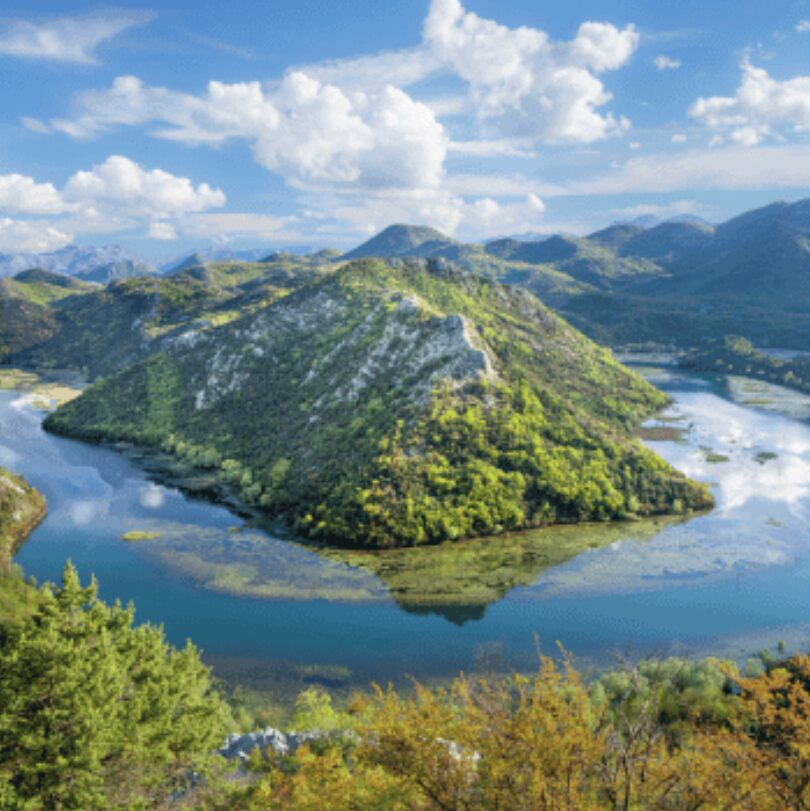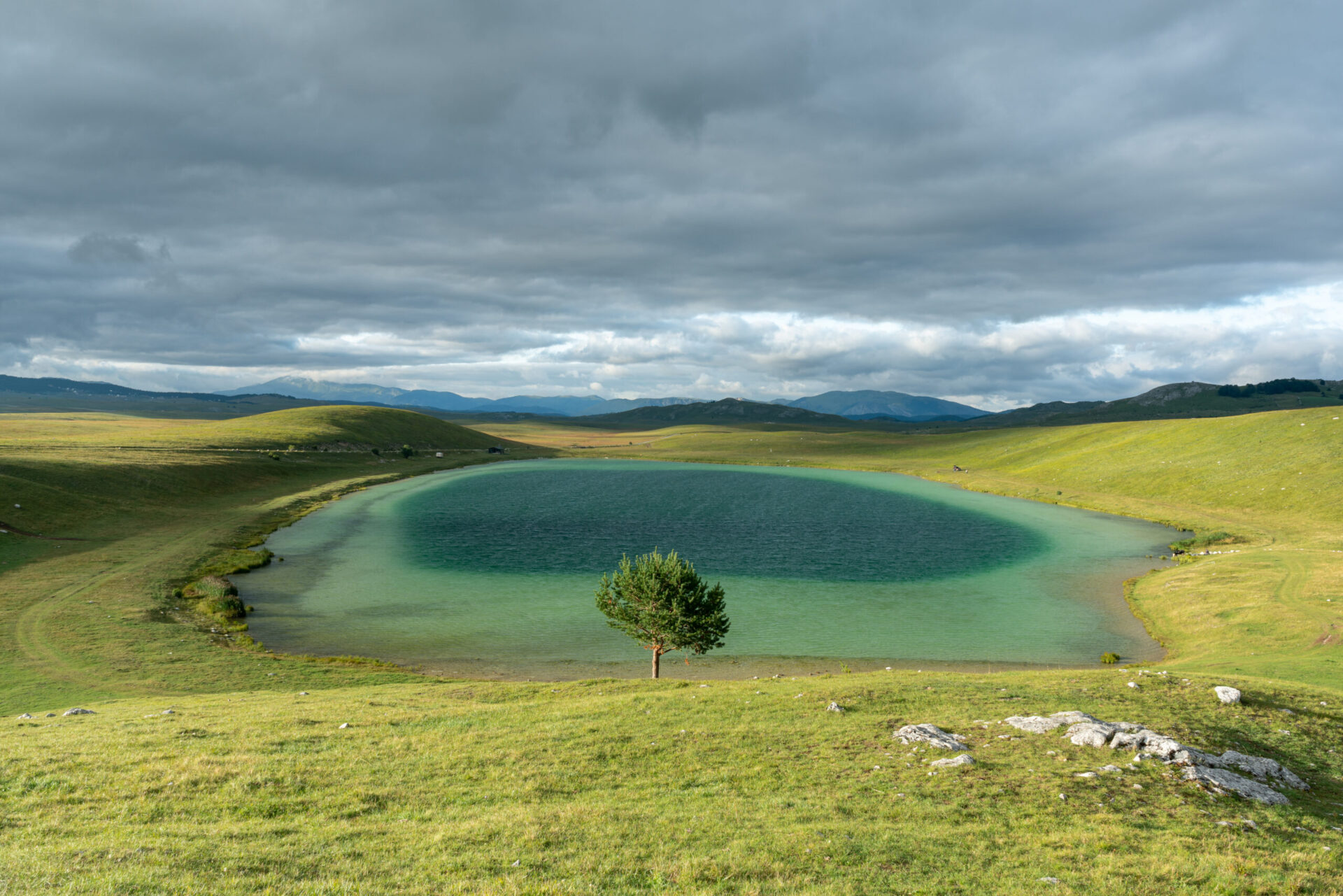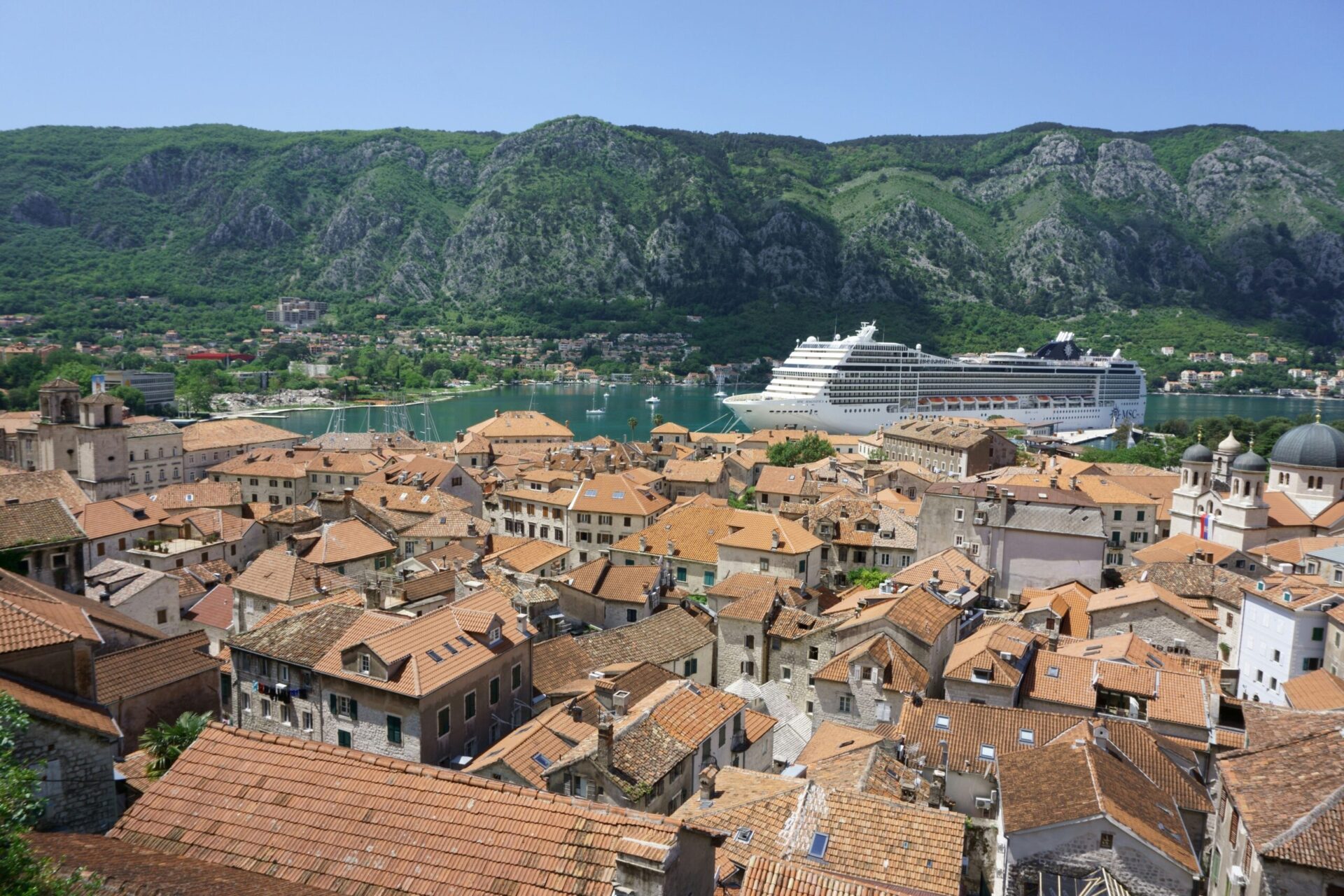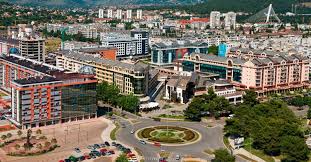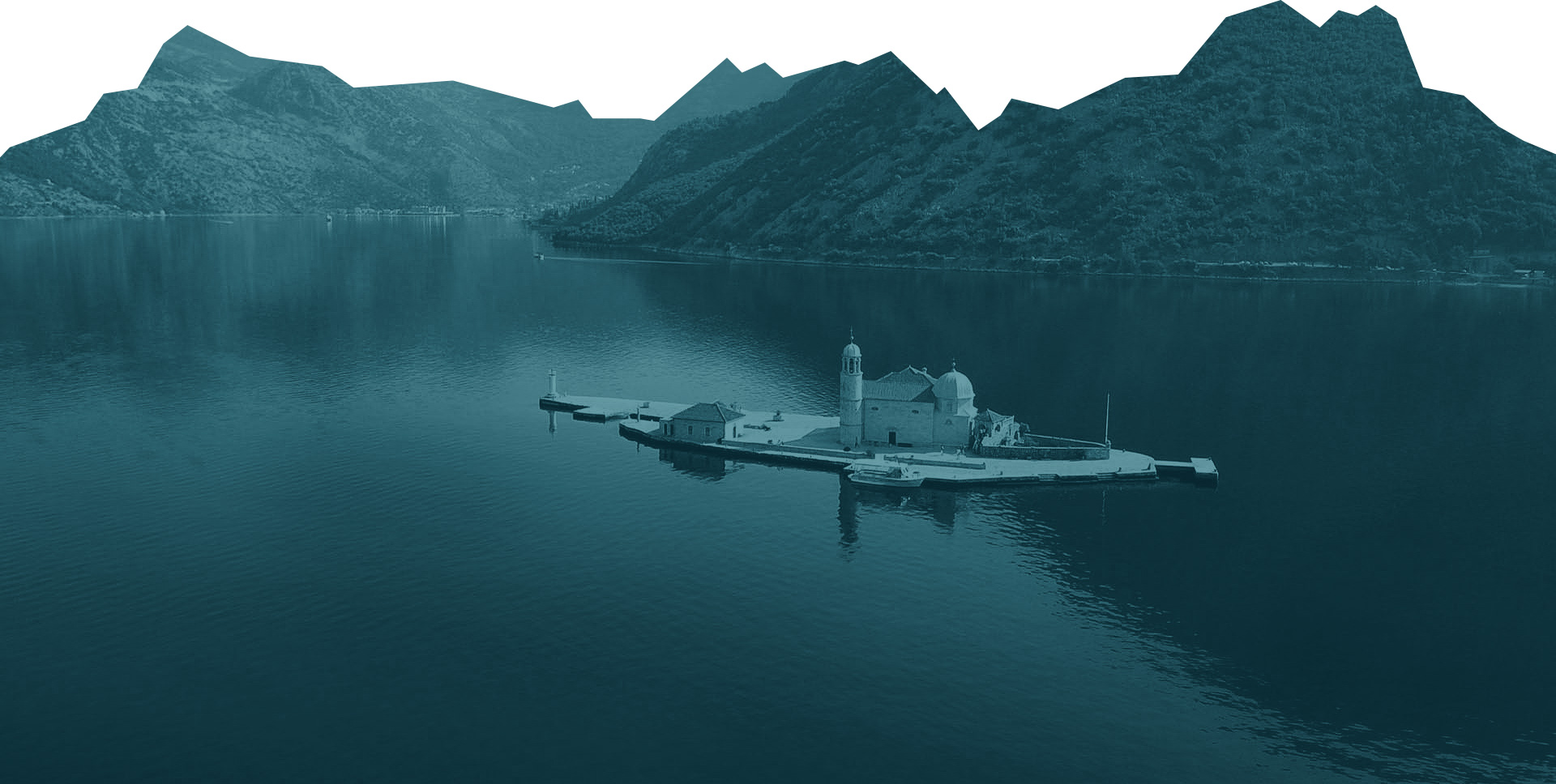Montenegro
Podgorica
No trip to Montenegro is complete with passing through its capital, Podgorica.
Podgorica is Montenegro’s largest city was once part of Yugoslavia and known as Titograd, honoring Josip Broz Tito. Today, town serves as Montenegro’s center of administration.
Home to nearly a third of the nation’s population, it is also the center of economic, educational, and cultural focus.
Capital is situated at an important crossroads in the heart of Montenegro, at the confluence of the Ribnica and Morača rivers. Its location on the fertile Zeta Plain and Bjelopavlići Valley has made it a desirable settlement for centuries.
Evidence of human settlement in Podgorica can be traced as far back as the early stone age. During the Illyrian era, two prosperous towns marked the region: Labeati and Doclea. Today, you can visit the fascinating ruins of Doclea, located just 3 kilometers from modern center. History lovers can also see remnants of the Old City of Medun 13 kilometers from center of capital.
In the 5th century AD, Slovene and Avar groups reached the area. Doclea was demolished and new towns appeared, including Ribnica. By 1326, the curent name replaced Ribnica. Due to strong relations with Dubrovnik and the state of Nemanjic, place was a well-travelled crossroads. It received a high turnover if merchants, messengers, and travelers. Turks occupation of the town in 1474 and fortified the settlement into a military bastion. Stara Varos, Podgorica’s Old Town, was built during this era. Though much of it was destroyed during WWII, two mosques and a clock tower remain.
After four centuries of Ottoman occupation, the Berlin Congress of 1878 declared town a part of Montenegro. Thus began a new era of development. Commerce and infrastructure grew in the form of new roads, factories, and banks. After surviving the ups and downs of two World Wars, city entered the communist era. It became the capital of the Republic in 1946 and its name was changed to ‘Titograd’. This brought further growth to the educational and health systems, the science and technology industries, and various cultural institutions. As Yugoslavia broke up, the name ‘Podgorica’ was restored on April 2nd, 1992.
Don’t miss the Ribnica Bridge, Museum, Plantaze Winery, and Centre of Contemporary Art housed in Kin Nikola Petrovic’s Palace. For a natural wonder, visit the nearby Cijevna waterfalls and Niagara restaurant.
